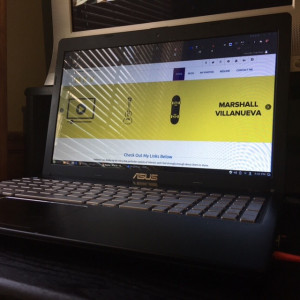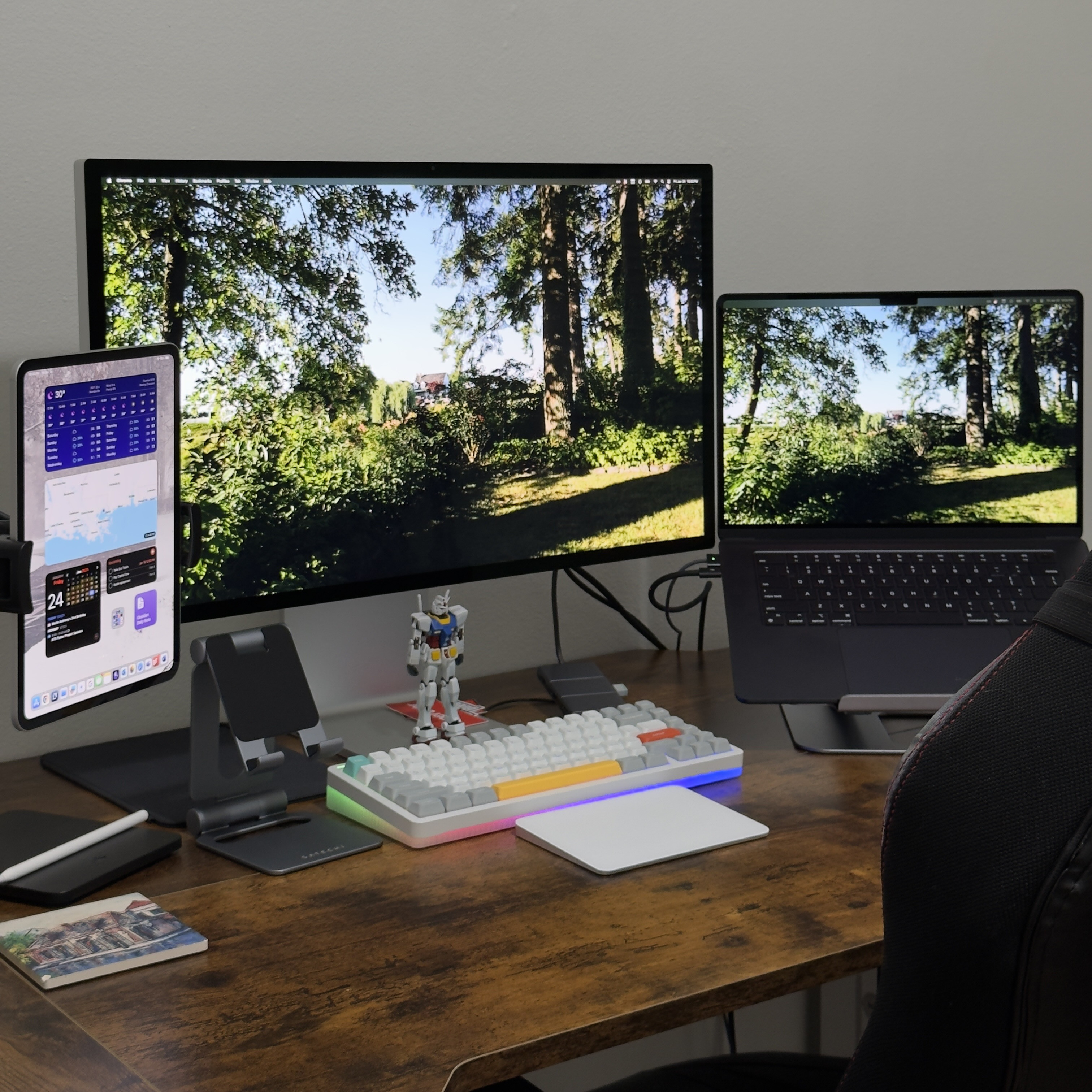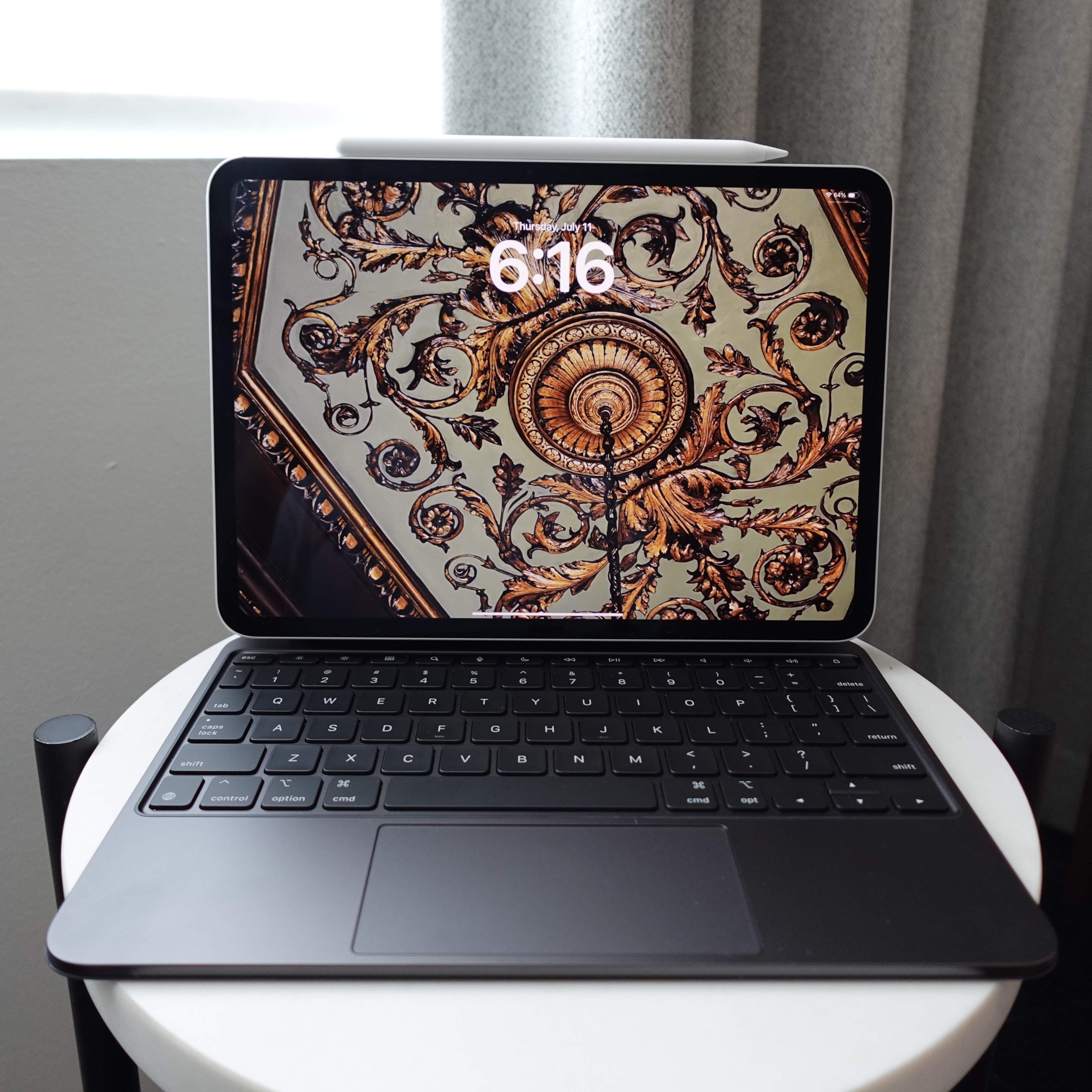Laptop Improvements
2017-02-23 17:07:50

A laptop isn't a machine that you buy every year (unless of course you're a tech YouTuber). They're expensive, and the incremental changes from year-to-year aren't really enough to justify buying one that often. I haven't bought a new laptop since 2012. My laptop is pretty ancient in the tech world. Since I simply cannot afford to get one right now, I'd like to go over some steps I've taken to get the most out of my purchase.
I run Linux Mint 18 on my ASUS Q500A. It has an i5 Intel processor from 2012 in it and 6GB of RAM. It originally came with Windows 8 (good ol' Metro!). I was so excited about it when I bought it. It looked so sleek, and it ran better than my previous laptop (an HP). A feature that I was really looking forward to having was the backlit keys. My previous laptop didn't have that, and I was kinda feeling the pressure from all the people that had MacBooks in college. I was really happy when I bought it. To this day I'm still pretty content with it. I just wish it were faster and had a better screen.
Depending on how you count there are 3 major Operating Systems that consumers use: Windows, MacOS, and Linux. I want to talk about why I use Linux. Linux is pretty lightweight, and I think that's definitely good for my laptop. I had Windows 10 on it for a short while, but it didn't stay. I was having a lot of drivers issues; my guess is because it's so "old." It also wasn't as fast as it is on Linux, so I eventually switched. For most of my laptop's life, it's been on some version of Linux. I've really grown to love this OS. The customizability is second to none. It's secure and speedy, it can do pretty much anything Windows and MacOS can do, and it's FREE.
I've also done some stuff to improve upon the performance besides change the OS. Here's what I did for the most part. I've linked to an article from where I got some of the steps I've taken. I lowered the "swappiness." I've linked to what swappiness is, but it's basically one of the ways a Linux kernel handles memory. The default swappiness on Linux is set to 60, but that's for systems that don't really have enough memory. I feel like my 6 GB is good enough, so I lowered my swappiness to 10. I always keep it up-to-date. I reduced the visual effects of the system, i.e., window animations and stuff like that. The GPU on my laptop wasn't the best when I got it, so doing this step has really helped a lot. I've also turned off hardware acceleration in Google Chrome because I've been experiencing some tearing issues. Turning that feature off seems to have remedied that. I've also figured out that I need to turn it off or keep it plugged in if I let it go to sleep. If it dies or sleeps and then dies, it takes FOREVER to turn back on and be functional. It's extremely slow out the gate.
These are just some steps that you too can take if your computer isn't bleeding edge. I could probaby do more, but I'm pretty comfortable with where my laptop is at right now. If you try anything on here, let me know if it works. Let me know if you run into any issues as well. I plan on using my laptop as long as I can, and I will continue to make improvements to it as long as they're available.



